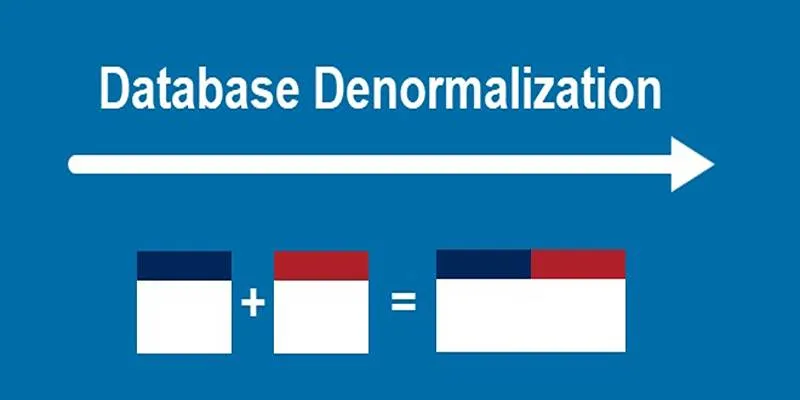Financial organizations face increasing pressure to meet complex legal requirements, with traditional compliance methods proving costly and time-consuming. To remain competitive, banks and financial companies must explore innovative ways to reduce risk and enhance efficiency. In the realm of finance, artificial intelligence (AI) can significantly streamline processes such as document verification, detecting suspicious activities, and identifying fraud.
The Importance of AI for Regulatory Compliance
As regulations become more intricate, AI for regulatory compliance is essential. Utilizing artificial intelligence can save time, prevent fines, and help companies stay abreast of regulatory changes. By simplifying compliance with AI, firms reduce costs and foster long-term trust among stakeholders. Today, financial organizations recognize how automation enhances reporting accuracy and decision-making. Using AI for compliance is no longer optional—it’s a necessary evolution.
 Image showing AI integration in compliance processes.
Image showing AI integration in compliance processes.
Adopting AI for Real-Time Compliance Monitoring
AI systems allow companies to identify rule violations and risks in real-time. Automated methods swiftly analyze large datasets, such as consumer records and transactions, replacing manual reviews. AI applications in finance help quickly pinpoint potential risks, focusing only on high-risk alerts and minimizing false positives. Faster updates for compliance teams reduce regulatory response times. Natural language processing extracts key terms from contracts and documents.
By ensuring real-time compliance, AI aligns policies with current operational realities. It detects trends before issues escalate, adapting to evolving regulations through machine learning. AI for regulatory compliance offers enhanced control with less human effort, providing a robust, proactive defense against sophisticated fraud tactics. Companies investing in AI monitoring lead with transparency and trust.
Automating Documentation and Reporting Tasks
Regulatory reporting is often labor-intensive and error-prone. AI solutions can automate data entry and document creation, handling vast amounts of documentation efficiently. AI processes contracts, highlights errors, and verifies identities without human intervention, freeing up time from repetitive tasks. AI-powered templates reduce reporting time from days to minutes, ensuring accurate and consistent forms for regulators.
Document automation reduces audit risks and improves disclosure accuracy, logging changes and storing records securely. Financial institutions meet strict deadlines without extra workforce stress. AI guarantees fewer missing criteria and enhanced operations, allowing teams to focus on top priorities. AI-driven document handling supports scalable growth without increased risk or compliance costs.
Using AI to Strengthen Fraud Detection Measures
Fraud prevention is a top priority for banks and financial institutions. Criminals constantly devise new methods to hide illicit activities, but AI accelerates detection beyond human capabilities. Machine learning quickly identifies anomalies and examines transaction trends, evolving from past fraud incidents. AI enables financial institutions to respond to threats before damage occurs, detecting account takeovers and identity theft early.
Security is bolstered through voice and facial recognition technologies, while automated fraud alerts lighten investigative workloads. AI ensures consistent evaluation of client actions, meeting compliance demands efficiently. Companies leveraging AI for regulatory compliance address security needs swiftly and accurately, resulting in fewer losses and increased customer trust. Real-time risk identification is crucial for reputation and asset protection.
 Image illustrating AI’s role in fraud detection.
Image illustrating AI’s role in fraud detection.
Enhancing Regulatory Risk Forecasting and Planning
AI helps not only identify current issues but also forecast future risks. Financial firms grapple with changing policies, fines, and restrictions. AI models analyze trends in enforcement and legislative records, projecting areas likely to face increased scrutiny. This foresight allows proactive planning, preparing firms for audits and legislative changes. AI risk mapping keeps teams informed and ready.
Data-driven insights empower financial leaders to make informed decisions, acting early to avoid fines. AI identifies internal compliance process weaknesses, with dashboards and visual reports highlighting areas for improvement. Smart alarms guide actions without lengthy manual inspections, ensuring fewer surprises and better operational conditions. Over time, AI increases policy alignment and compliance performance, simplifying processes and enhancing accuracy.
Integrating AI Without Disrupting Operations
Despite AI’s advantages, many companies hesitate to adopt it due to operational disruption concerns. However, smart integration can prevent such issues. Modern AI technologies seamlessly integrate with existing systems, allowing gradual adoption. Companies can start small, implementing one process at a time, whether it’s chatbots, document scanners, or fraud alerts. Step-by-step deployment helps staff adapt, mitigating costs.
AI solutions offer user-friendly interfaces for non-technical users, accelerating adoption across departments. Cloud-based tools enable quick deployment and flexible scaling, ensuring compliance without halting operations. AI operates discreetly in the background, saving time and reducing noise. Simplifying compliance with AI doesn’t require immediate full automation; a tiered, guided approach ensures sustainable success. Carefully managed integration yields long-term benefits and lessens regulatory burdens.
Conclusion
AI is transforming how financial organizations meet compliance requirements. Document automation, fraud detection, and real-time monitoring enhance speed and accuracy, enabling companies to remain audit-ready and reduce manual efforts. Compliance strengthens operations, driving efficiency rather than hindering it. Simplifying compliance with AI fosters long-term trust and cost reduction. Predictive models help anticipate future regulatory needs, making AI an asset rather than a disruption. Staying competitive in a rapidly changing financial landscape now hinges on AI for regulatory compliance—it’s an essential strategy for success.
 zfn9
zfn9























